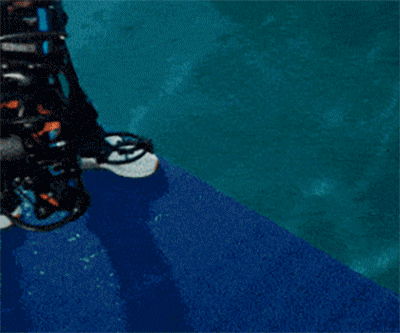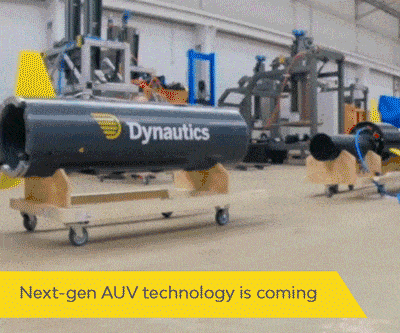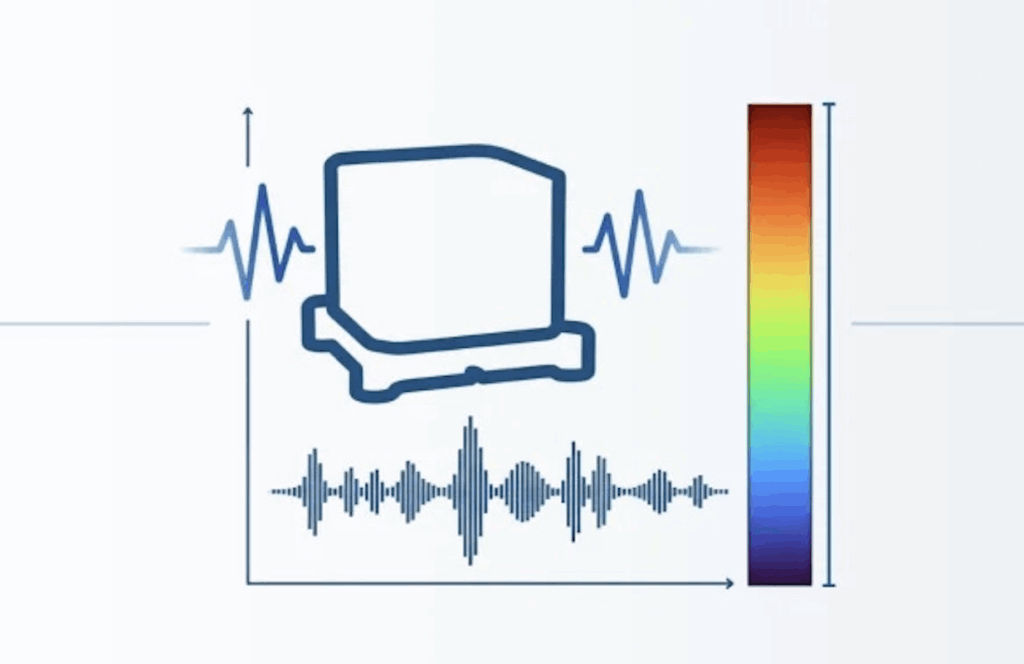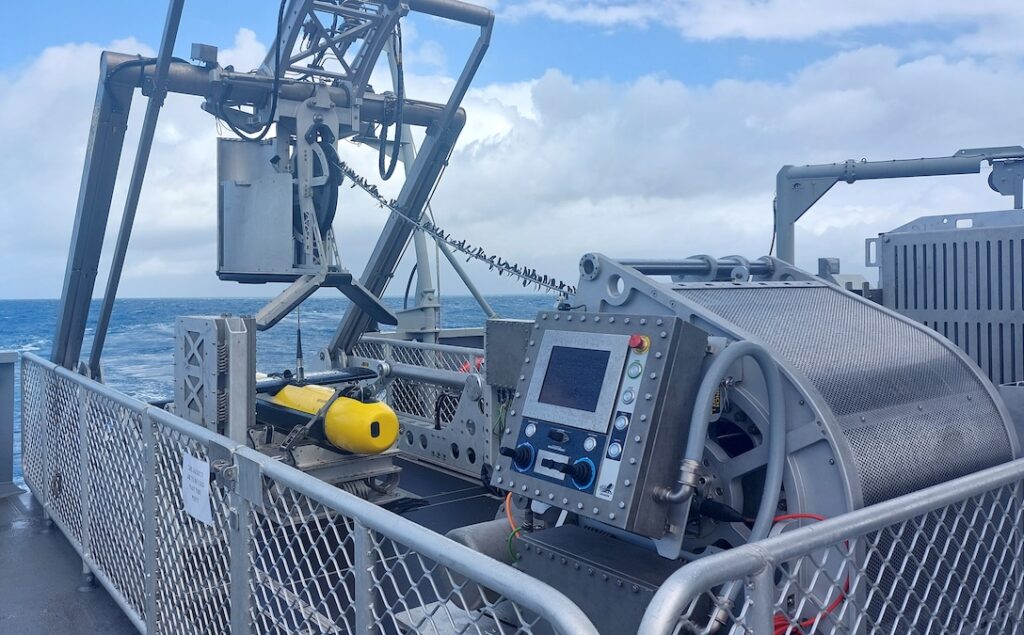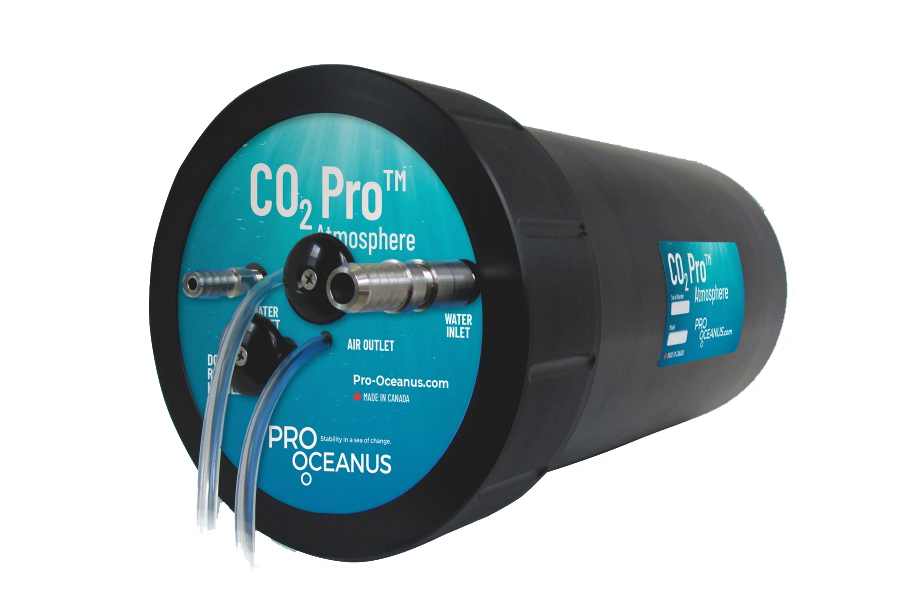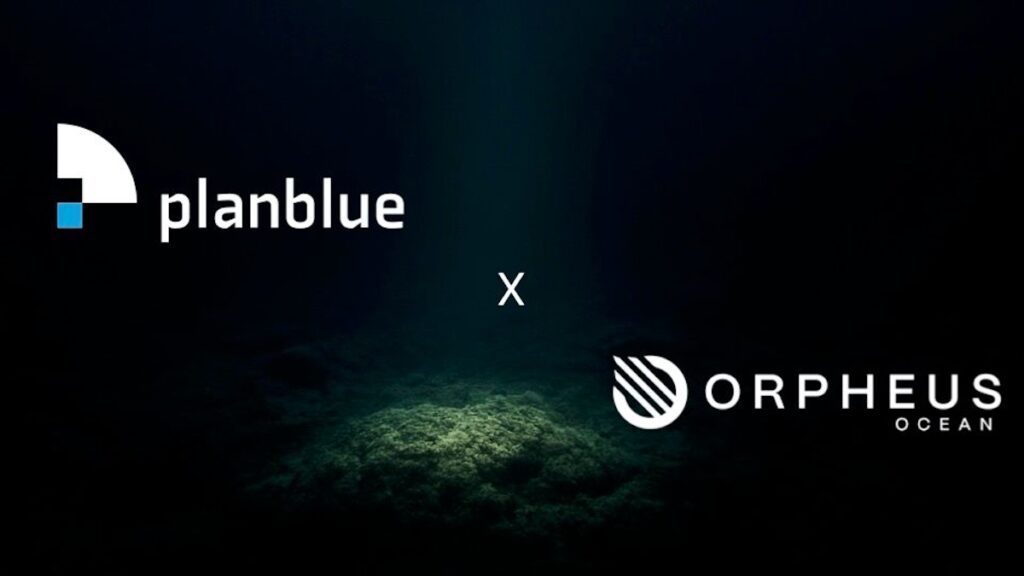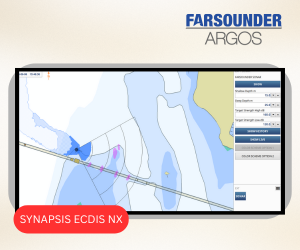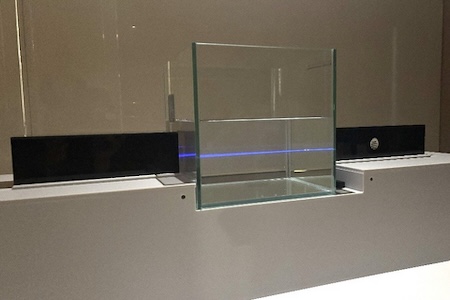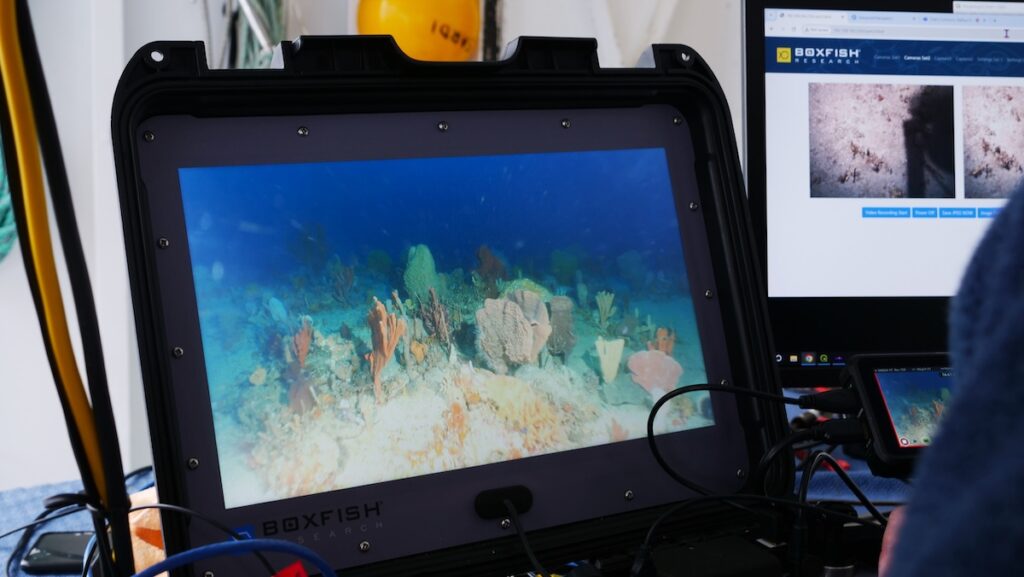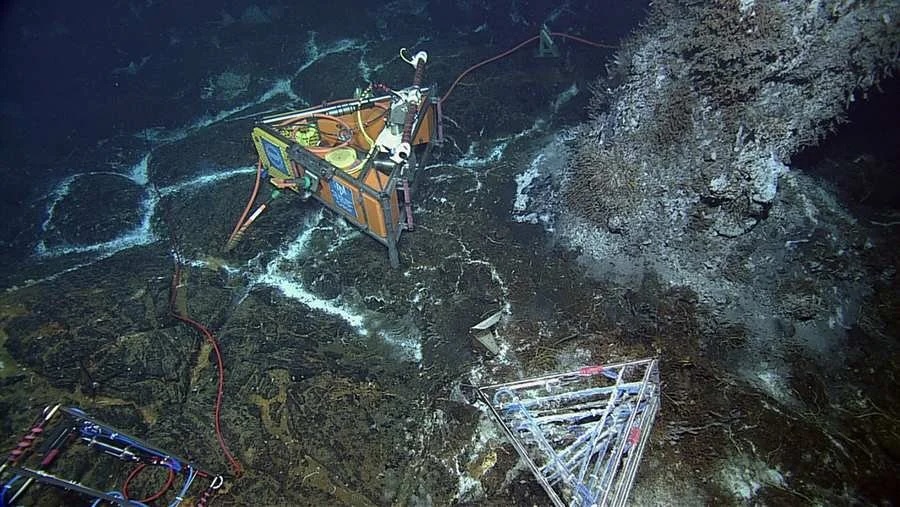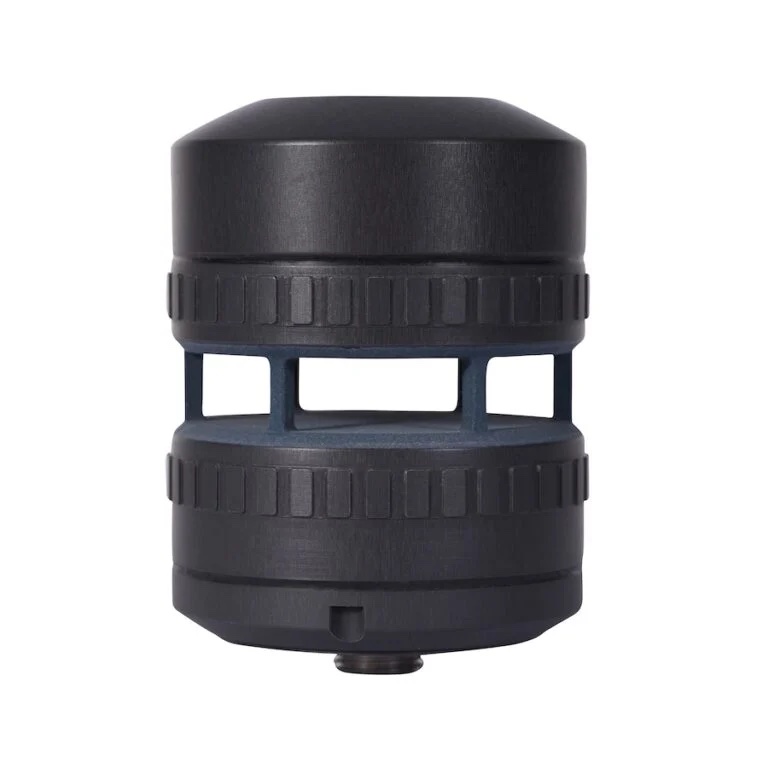
Marine Weather Station
Discover cutting-edge solutions from leading global suppliers
NOAA’S newest hurricane model, the Hurricane Analysis and Forecast System (HAFS), has advanced the accuracy of hurricane forecasts and improved community preparedness during the 2024 Atlantic hurricane season.
HAFS was a joint creation by NOAA’s National Weather Service Environmental Modeling Center, NOAA’s Atlantic Oceanographic & Meteorological Laboratory and NOAA’s Cooperative Institute for Marine & Atmospheric Studies.
HAFS – after five years of development – made its first initial operational forecast in June 2023 and was upgraded in July 2024.
The upgraded HAFS model improves the ability to forecast a hurricane of tropical storm’s intensity as measured by sustained wind speed. It also allows the forecasters’ to anticipate the path of a storm more accurately, and can do so earlier than in previous Atlantic hurricane seasons.
Testing the new model over three years demonstrated an 8% improvement in track prediction and a 10% improvement in intensity prediction, with overall improvements of four to five days, especially for extended forecasts.
During the Atlantic hurricane season of 2024 the HAFS model provided more accurate predictions than the previous model. When combined with other forecast models, HAFS improved intensity forecasts by 2-3% within the 12-48 hour forecast time period.
HAFS was also successful in predicting the rapid intensifications of hurricanes Helene and Milton well in advance, allowing communities more time than usual to prepare. “Rapid intensification” is defined as an increase in the maximum sustained winds of a tropical cyclone of at least 30 knots in a 24-hour period.
Storm-following nests are what allow for high-resolution forecasts from HAFS. Similar to a magnifying glass, the next gives forecasters a simulated view of the storm’s structure, allowing them to see more accurate details of the storm’s eyewall, rain bands, wind fields, clouds and more.
The increased resolution provided by the enhanced HAFS offers more precise predictions of the storm’s location, timing, and potential hazards, including wind and excessive rainfall. Future iterations of HAFS will incorporate multiple storm-following nests to be used to produce high-definition forecasts for several hurricanes simultaneously.
These advanced forecasts help support emergency management professionals, community leaders and the public, assisting them in making better-informed decisions in the midst of severe weather.
The new model’s extended lead time for critical information enhances hazard communication and results in faster, more effective responses, potentially reducing hurricane impacts and safeguarding lives and property.





